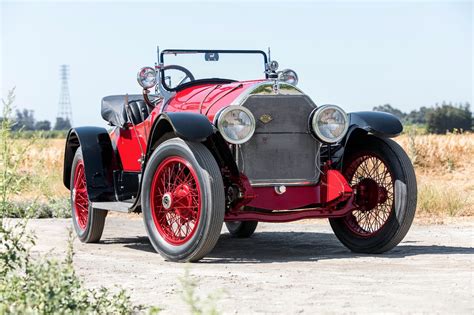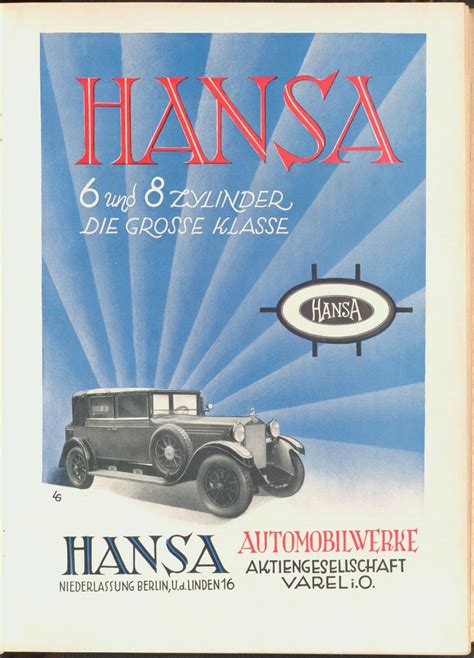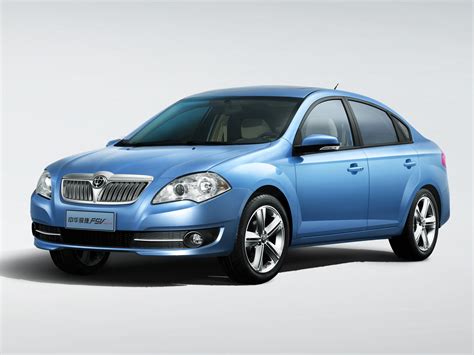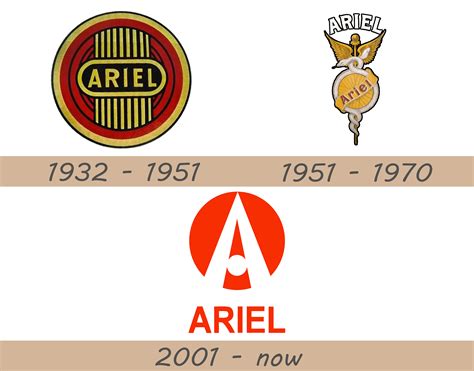Discover the origins and impact of Mercury Car Company, from early models to its eventual decline and legacy in the collector’s market.
Origins of Mercury Car Company
Contents
Mercury Car Company was founded in 1938 by Edsel Ford, the son of Henry Ford, with the intention of filling the gap between Ford’s affordable mass-market vehicles and the more luxurious models offered by Lincoln. The idea was to create a brand that could compete with General Motors’ Oldsmobile and Buick divisions. The first Mercury models were introduced in 1939, offering a combination of performance, style, and affordability that catered to a growing market of buyers looking for something more than a basic Ford but not as extravagant as a Lincoln.
With its distinctive waterfall grille and sleek designs, Mercury’s early models quickly gained a following, appealing to those seeking a more refined and elegant driving experience. The company’s commitment to quality and attention to detail helped solidify its reputation as a brand offering affordable luxury, making it a strong contender in the automotive market.
In the years following its launch, Mercury faced stiff competition from other automakers, particularly from within the Ford Motor Company itself. The Mercury brand continued to evolve, offering a wide range of models that appealed to different segments of the market, from sporty coupes to spacious sedans. Despite facing challenges, the company continued to innovate and adapt, carving out its own niche in the automotive industry.
However, as the automotive market shifted and consumer preferences changed, Mercury began to struggle. The company faced declining sales and increasing competition from both domestic and foreign manufacturers, leading to a decline in market share and profitability. In 2010, after more than seven decades in the automotive industry, Mercury was discontinued, marking the end of an era for the storied brand.
Early models and design
When the Mercury Car Company was first introduced in 1938 as a brand of automobiles made by the Ford Motor Company, its initial models and designs were meant to fill the gap between the affordable, utilitarian Ford vehicles and the more expensive, luxurious Lincoln cars. The very first Mercury, the Mercury Eight, was a mid-priced vehicle that offered a combination of style, performance, and comfort that appealed to a wide range of consumers.
As the years went by, Mercury continued to release a variety of models with unique designs that captured the essence of each era. From the sleek and powerful Cougar to the stylish and sporty Comet, every Mercury model represented the epitome of automotive craftsmanship and innovation.
One of the most iconic aspects of Mercury’s early designs was the incorporation of distinctive features that set them apart from other cars on the market. For example, the renowned Mercury Cougar featured hidden headlights and sequential turn signals, while the Mercury Monterey boasted a distinctive breezeway window design that added a touch of elegance to the vehicle.
Throughout the years, the Mercury Car Company continuously evolved its design language, incorporating new technologies and stylistic elements to stay ahead of the curve. From the bold and groundbreaking designs of the 1950s to the sleek and aerodynamic models of the 1970s, Mercury continually pushed the boundaries of automotive design.
Market impact and competition
The Mercury Car Company had a significant impact on the automotive market, particularly in the mid-20th century. As a division of Ford Motor Company, Mercury positioned itself between the affordable Ford brand and the luxury Lincoln brand. This allowed Mercury to compete with other mid-range car manufacturers, such as Buick and Oldsmobile, and appeal to a broader range of consumers.
One of the key factors that contributed to Mercury’s market impact was its pioneering of innovative features and design elements. For example, the introduction of the first high-compression V8 engine in the Mercury line-up set the brand apart from its competitors and garnered attention from car enthusiasts. Additionally, Mercury’s focus on sleek and stylish designs made its vehicles stand out on the market, attracting a loyal customer base.
In terms of competition, Mercury faced fierce rivalry from other car manufacturers looking to establish a foothold in the mid-range segment. Brands such as Chrysler and Pontiac were also vying for market share, leading to intense competition and ongoing efforts to differentiate themselves from their rivals. Despite this, Mercury managed to carve out a niche for itself as a distinct and aspirational brand, attracting buyers who sought a blend of performance, style, and value.
Throughout its history, Mercury’s market impact and competition shaped the brand’s evolution and product offerings. As consumer preferences and automotive trends evolved, Mercury adapted its marketing strategies and product lineup to remain competitive in the marketplace. This ongoing evolution reflected the brand’s commitment to meeting the needs of its customers and staying relevant in a competitive industry.
Mercury’s decline and eventual discontinuation
After several decades of popularity and success, Mercury began to experience a decline in the 1970s. The oil crisis of 1973 and the resulting shift towards smaller, more fuel-efficient vehicles had a significant impact on the brand. The company struggled to adapt to the changing market demands and faced stiff competition from both domestic and foreign manufacturers.
Despite efforts to revitalize the brand with new models and marketing strategies, Mercury continued to struggle in the 21st century. In 2010, Ford Motor Company announced the decision to discontinue the Mercury brand, citing declining sales and the need to focus on its core Ford and Lincoln brands.
The eventual discontinuation of Mercury marked the end of an era for the American automotive industry. It was a bittersweet moment for enthusiasts and collectors who had long cherished the brand’s unique identity and historical significance. However, the decision was ultimately a reflection of the changing dynamics of the automotive market and the need for Ford to prioritize its resources and investments.
Despite its decline and discontinuation, Mercury continues to have a lasting legacy in the automotive world. Many of its classic models are highly sought after by collectors, and the brand’s impact on the industry can still be felt today. While the era of new Mercury vehicles may have come to an end, the brand remains an important part of automotive history and culture.
Legacy and collector’s market
Mercury, the now-defunct automotive brand, has left behind a rich legacy that continues to thrive in the collector’s market. Despite ceasing production in 2010, Mercury’s reputation for producing stylish and reliable vehicles has endured, making them highly sought after by car enthusiasts and collectors alike.
Many of the classic Mercury models, such as the Cougar, Montclair, and Comet, have become prized possessions for those who appreciate their unique designs and engineering. These vehicles are often meticulously restored and maintained, with their rarity and historical significance contributing to their collector’s market appeal.
In addition to their value as collector’s items, Mercury cars also hold sentimental value for many individuals who have fond memories associated with them. Whether it’s the car they learned to drive in or the vehicle that accompanied them on memorable road trips, Mercury has cultivated a devoted fan base that continues to elevate the brand’s legacy.
Despite no longer being in production, Mercury’s presence in the collector’s market serves as a testament to the enduring impact of the brand. It also reinforces the deep appreciation for the craftsmanship and innovation that defined Mercury’s vehicles, solidifying their place in automotive history.












